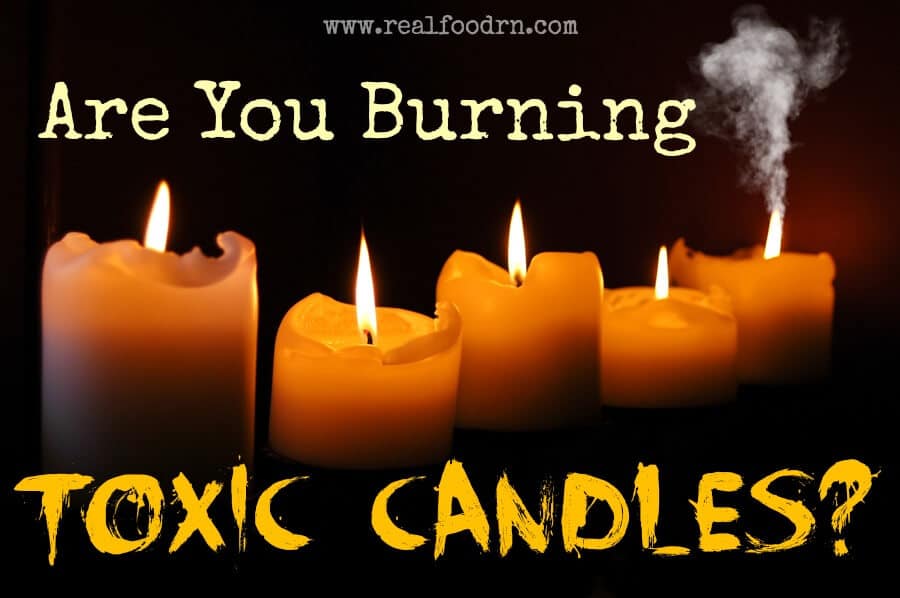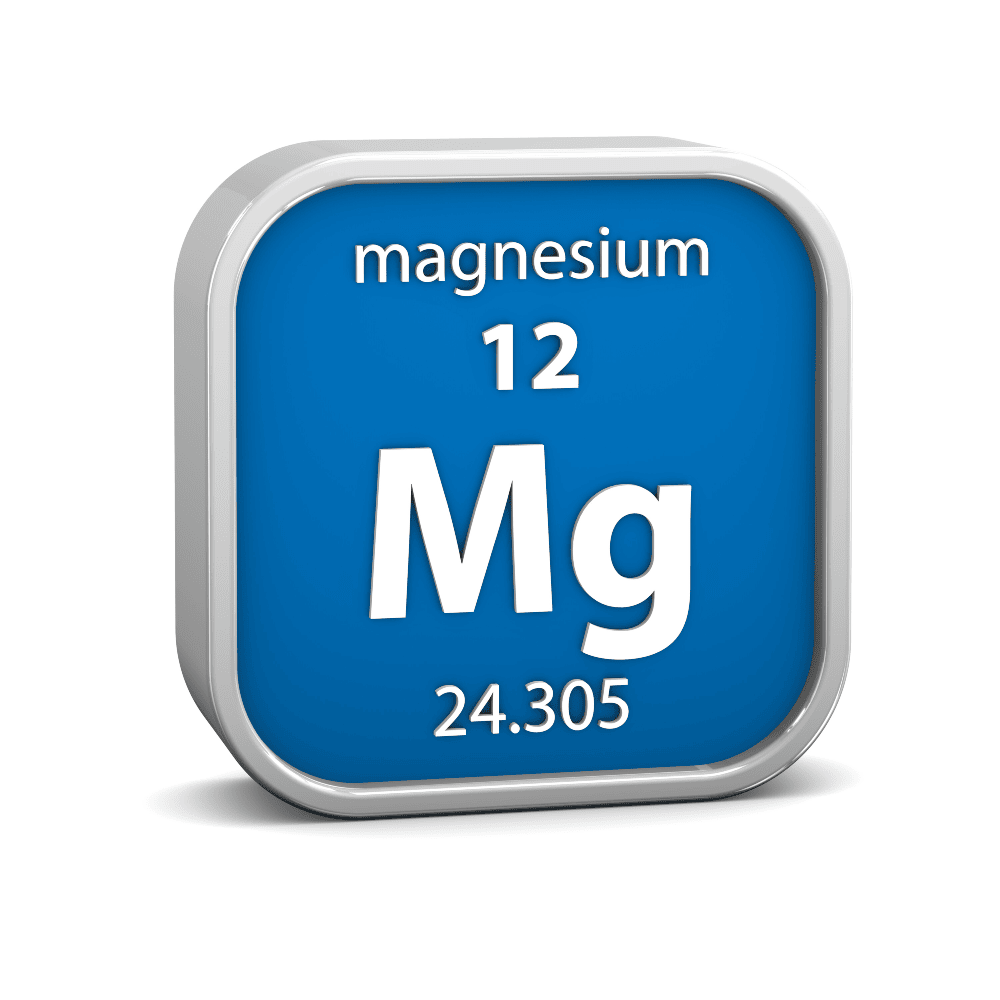Holiday Pine, Warm Vanilla, and Caramel Latte are my favorite, and now I will finally admit it…I am a recovering candle junkie! When I was a kid, a candle store opened up in our local mall. When I would go to the mall with my girlfriends we could spend hours in there, smelling every one. The smell of the entire store was intoxicating! They smelled like delicious treats and made me hungry just burning them in my room…and I always had them burning in my room!
Well, it turns out that those candles might not be all that therapeutic and delicious after all. They are toxic candles! They actually fill your room with chemicals while they are emitting their delicious fragrances! Say wha? Don’t worry, you do not have to give up heavenly aromas in your house, you just have to be smart about what you use to create those scents. I will tell you all about it and offer you some awesome alternatives…
First, let’s talk about what exactly is in those candles anyway!
Researchers have shown some scented candles produce smoke laced with almost as many toxins as those produced by cigarettes. Candle emissions have been compared to diesel fumes and second-hand cigarette smoke!
LEAD: Lead can cause a whole host of negative health effects. Exposure to lead can cause an increase in blood pressure, an increased chance of having a heart attack or stroke, decrease in brain function, a decrease in kidney function (making it hard to get rid of toxic waste products through your urine!), it can harm the physical and mental development of your baby before it’s born and increase chances of having a miscarriage (raise your hand if you relaxed in the tub with a candle burning while you were pregnant. I did!). They took lead out of paint, now why is it still in our candles?
According to a recent study by the U.S. Consumer Product Safety Commission (CPSC), 40 percent of candles on the market contain lead wires inside their wicks. Most often, the candles with lead wicks are scented candles. Fragrance oils soften the wax, so the manufacturers use lead to make the wicks firmer. A candle with a lead-core wick releases five times the amount of lead considered hazardous for children and exceeds EPA pollution standards for outdoor air, says the CPSC. Exposure to high amounts of lead has been linked to hormone disruption, behavioral problems, learning disabilities, and numerous health problems. (source)
To find out if the wicks in your candles have a metal core CLICK HERE
PARAFFIN: Paraffin is a petroleum byproduct. Think, industrial waste. When it is heated it gives off carcinogenic soot into the air. This soot is very irritating to our respiratory system and can aggravate a whole host of lung issues. If you or your kids have asthma, you do not want to be burning candles that contain paraffin! The soot can also accumulate in your house, appliances, and ductwork!
In addition to lead and paraffin, candles can also cause low dose, long term exposures to the following:
- Acetone: Known human respiratory irritant toxicant
- Benzene: Human development toxicant, human reproductive toxicant (candles off-gas Benzene without even being lit!)
- 2-Butanone: Known human respiratory toxicant
- Cresol: Human skin toxicant or allergen
- Chlorobenzene: Human Sensitizer toxicant or allergen
- Carbon Monoxide
- Cyclopentene
- Ethylbenzene
- Mercury
- Phenol: This one is really toxic, click the link to read about it
- Styrene: This one is also really toxic, click link to read about it
- Tetrachloroethene
- Toluene: Persistent or bioaccumulative and moderate to high toxicity concern in humans
- Trichloroethene
- Trichloorfluromethane
- Xylene: Click link to read about it
FRAGRANCE:
Fragrance intensity has been proven to have an enormous influence at point-of-sale for consumers, as a result candle manufacturers are dumping increasing amounts of fragranced oils into their wax mixtures – some of these oils are not even suitable for combustion. Candle manufacturers are not compelled to list or disclose hazardous, toxic or carcinogenic compounds used as ingredients in their products and even more astounding – some will claim they don’t know what compounds are in their product. A spokeswoman for the Federal Trade Commission said there are no restrictions or regulations governing the makers of aromatic candles.
According to the FTC & the CPSC, there are absolutely no regulations or standards pertaining to candle manufacturing, and candle makers are accountable to no one, including the consumer.
So what candles should you buy and what candles should you avoid? Glad you asked!
Avoid:
- Really inexpensive candles, like the kind you would find at the dollar store. Also avoid brands like Febreeze and Glade. (note: apparently IKEA’s candles are all lead free)
- Imported candles (anything “Made in China”)
- Artificially scented candles and gel candles
- Candles with a metal core wick
Okay To Use:
Soy Candles: While I do not eat soy, it is okay in candles because it burns clean, with no harmful fumes. However, I am not a supporter of the GMO business, so I avoid anything soy….even candles. But, if it’s the choice between soy or paraffin, I’ll take the soy!
Beeswax Candles: Though beeswax can be high on the price point, they are totally worth the extra cash. Beeswax is just that: the wax from bees. Directly from the hive. No fillers. No chemicals. That’s IF you buy the right kind! Sadly, many of the “beeswax candles” found in stores are only part beeswax, and the rest is paraffin and other junk. So check your labels. You can buy beeswax online and make your own candles. HERE is my favorite way to buy it. Then you melt it down, add some essential oils and a cotton wick, and you are set! *Note: after I sent this post, my Mom (who makes her own awesome beeswax candles) wanted me to add this in too: Benefits of Beeswax. Thanks, Mom.
Here is a great how-to for making beeswax candles:
My personal FAVORITE alternative to candles has become my diffuser! I really love it even above and beyond beeswax candles for a number of reasons:
- I can change the scent at any time
- I can change the scent based on my mood and even achieve therapeutic benefits from the different oils
- When diffusing oils, you are also adding humidity to the air because they are diffused in water vapor. So it’s great to have the diffuser running in the cold winter months when the air is dry. Mine runs from morning til night all winter long!
- They are completely safe for kids and pets. No flame, means no fire hazard! If the diffuser gets knocked over, it turns off. When the water runs out, it automatically shuts off. (We have had a house fire in the past and I really don’t feel like reliving that nightmare again!)
So, in closing, if you are not ready to give up your candles just yet, then at least follow these recommendations:
- Trim wick to 1/4″ each time before lighting.
- Extinguish candle after one hour of continuous burning and allow to cool before relighting.
- Keep candles out of drafts.
- Discontinue use of candles that leave a visible soot ring on their container.
….but I HIGHLY recommend switching to beeswax, or if you have kids and need a little essential oil therapy without burning the house down…get a diffuser! Definitely get rid of those toxic candles!
What do you use to make your house smell amazing? I would love to hear about it in the comments below!











12 Replies to “Are You Burning Toxic Candles?”
A couple other fun facts about beeswax candles:
The flame of a beeswax candle produces light at the same spectrum as the sun.
Beeswax candles are not only non toxic, but they actually purify the air.
Thank you Bees for all your hard work!
Had no idea beeswax candles purify air!
Great information, thanks! I will add, because I made soy candles for over 10 years, that there are VERY few manufacturers out there that are not using chemical fragrance oil. I always promoted my soy candles as clean and I do love that they don’t have the soot, but since finding Young Living oils, I just can’t bring myself to use the fragrance oils anymore. They are chemicals. And if someone tells you they only use essential oils in their candles, I can almost guarantee they are a cheap variety and I wouldn’t burn those either. So, for myself, I am only using my diffuser from here on out. 🙂
If I might, I’d like to add that there are also coconut wax candles that are safe. Ava Anderson Non-Toxic is one company that makes them — pure organic coconut wax, essential oil scents, and organic cotton wicks. They are even poured by an active duty military family here in the USA, and they smell amazing! Great article Kate!!
I loved this article. I get sick when exposed to most “fragrant” scented candles, and these are the reasons why.
I am going to share it with my fans on http://www.facebook.com/detoxfootpads
Thanks!!!
I am wondering if I could use this blog post and re-post it on my blog? I would definitely link to your page…. and give you full credit! Thanks. This is a topic that is near and dear to my heart.
You are welcome to share on any social media (and please do!). If you want to re-post it on your blog, I would ask that you only post the picture and a snippet of the text and then link to the full article on my blog. Google really frowns upon re-posting of content and a re-post would hurt my traffic. Does this make sense?
This is great! Thank you for the informative facts!
Hi Kate,
A great, thought provoking article. I’ve shared it on our Facebook page.
I just thought I would touch base and give you a bit more information about soy wax as it is very relevant to the article and discussion.
Soy (96% of that grown which is genetically modified) is an oil when harvested. The soyabean oil is then chemically bleached to remove colour and aroma using 100% bleach. (By way of comparison, what we use in our laundry’s is about 10% bleach). This chemically bleached oil is then hydrogenated with nickel (a heavy metal) to convert it from a liquid oil into a solid wax. So, in fact, soy wax is chemically bleached, heavy metal hydrogenated oil. There is nothing really natural about it.
On another note regarding fragrances, regardless of whether an oil is a fragrant oil or an essential oil, it is actually toxic to combust. If you look at the Material Safety Data Sheet (MSDS) of most essential oils it includes a statement along the lines of “The smoke from burning essential oils may contain potential carcinogens, such as polycyclic aromatic hydrocarbons.” It is, of course, entirely safe to put drops of oil into a diffuser where they are diffused as opposed to combusted.
Well done on spreading the word.
Cate
Thanks for sharing Cate and thanks for the detail into soy candles! Wow! I am so glad that I only use my diffuser now 🙂